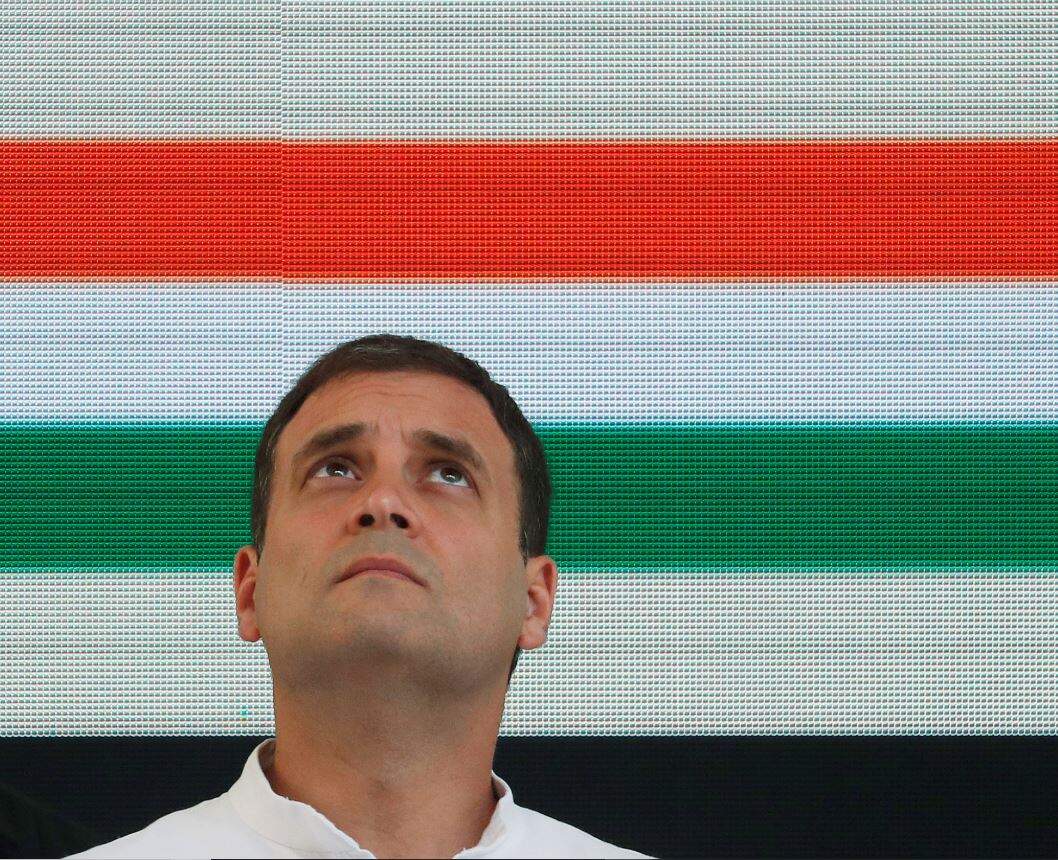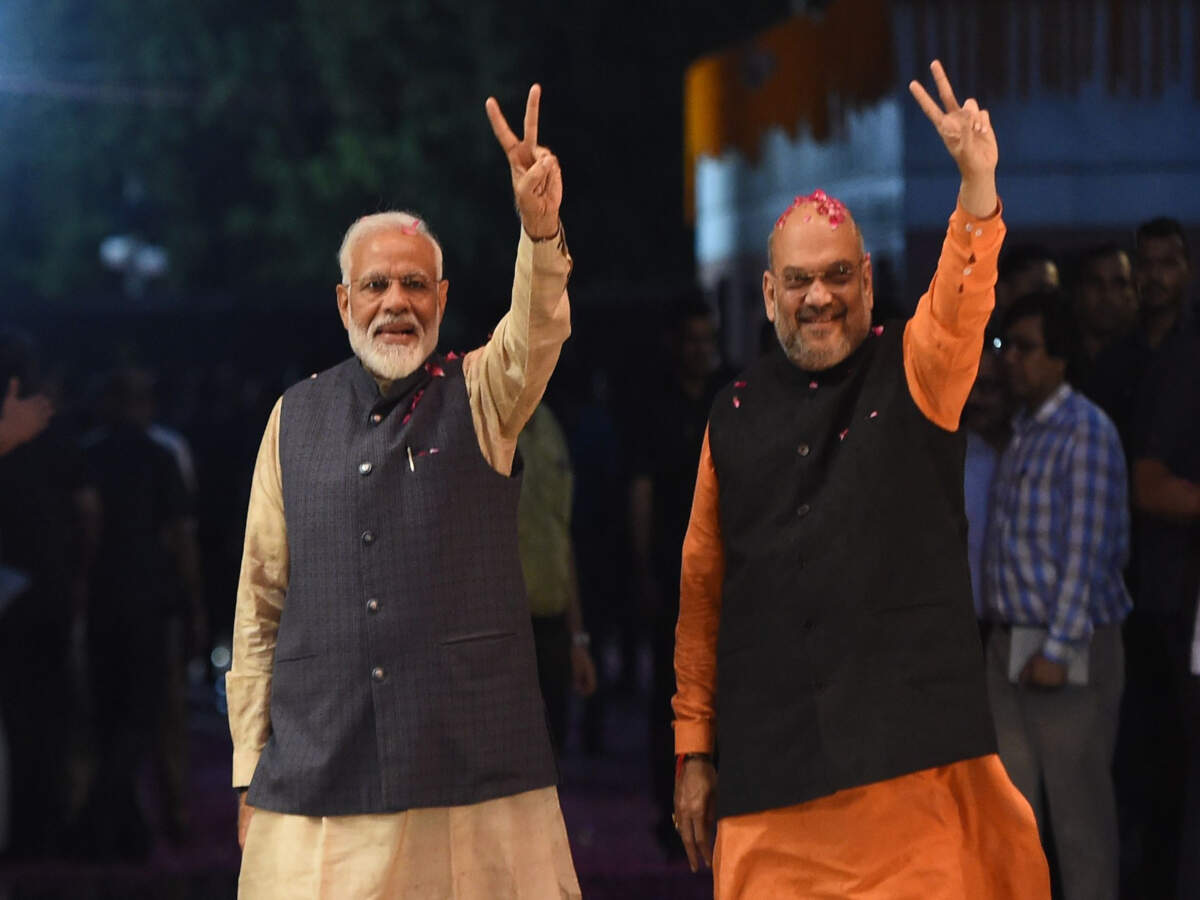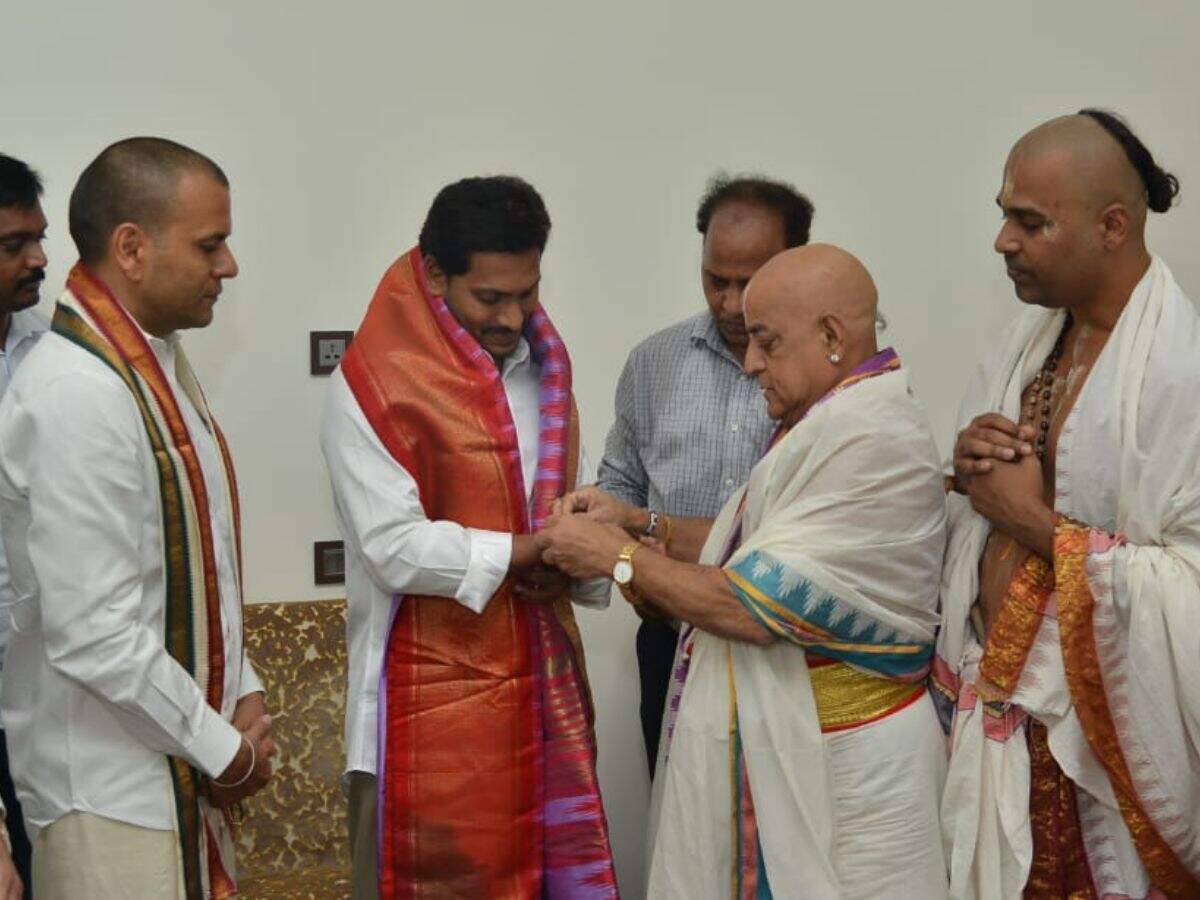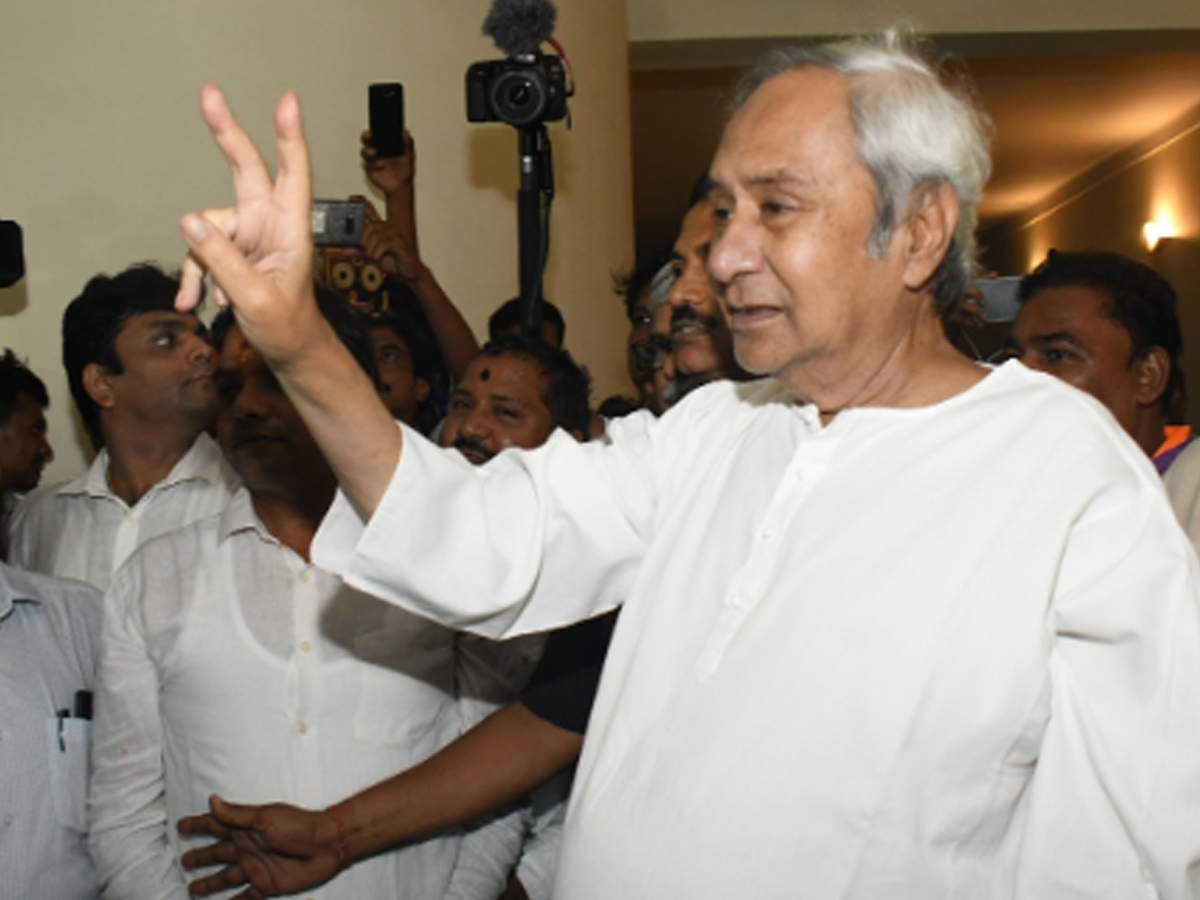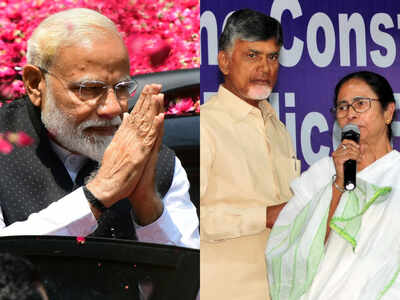
Highlights
NEW DELHI: If Congress faced the brunt of the Modi wave in 2014, regional parties Trinamool Congress and Telugu Desam Party faced the storm in 2019, uprooting their plans to be the fulcrum of a coalition at the Centre that could replace the BJP-led NDA.
TDP chief N Chandrababu Naidu, who undertook a tour of state capitals to sew up cooperation among regional parties and Congress, suffered a serious meltdown on home turf, with the rival Jagan Mohan Reddy-led YSR Congress wiping the slate in parliamentary and assembly elections. The shock defeat, after exit polls had offered conflicting projections, was a jolt that pulled the rug from under Naidu’s plans.
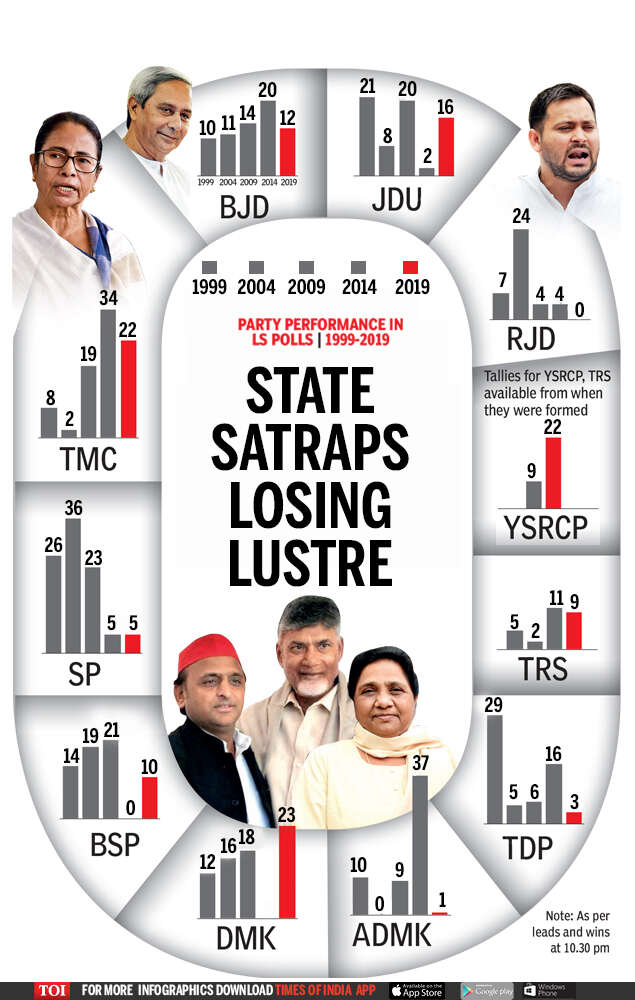
Trinamool leader Mamata Banerjee, another seasoned player, also seems to have misread the reality in her state where the Modi phenomenon worked on the ground, posing the most serious political challenge since she took charge as West Bengal chief minister in 2011.
The BJP threat could grow more potent in the run-up to the assembly elections in 2021, what with NDA now firmly ensconced in Delhi.
Other regional parties like DMK in Tamil Nadu, BJD in Odisha and TRS in Telangana held their ground despite NDA being a challenger, though with varying intensity.
In Andhra, TDP was replaced by another regional player, YSR Congress, and BJP could not make a mark. These parties, however, made no attempt to align with any bloc and stuck to defending or — in the case of YSR Congress — gaining state turfs.
Both Banerjee and Naidu were calculating on BJP falling short of a majority and the possibility of a regional bloc calling the shots. The Trinamool leader, not keen on Congress leading a coalition, was looking to use a regional front to stall the national party. The political strategising was simply swamped by the saffron surge.
A reason for their efforts not bearing fruit was the calls for opposition unity not translating into effective alliances. Congress and the Left failed to tie up in West Bengal, Congress and Aam Aadmi Party fought separately in Delhi and Congress was on its own in Uttar Pradesh. Yet, with BJP’s vote-share crossing 50% in Delhi, being a shade under that in UP and crossing 40% in West Bengal, the party’s challenge took on new dimensions.
While Naidu faced anti-incumbency in Andhra Pradesh, there was no BJP to deal with. But in West Bengal, where Banerjee faced anti-incumbency, the Trinamool chief was seen as pushing the Left and Congress to a corner as a result of which supporters of both parties seem to have helped BJP gain ground.
TDP chief N Chandrababu Naidu, who undertook a tour of state capitals to sew up cooperation among regional parties and Congress, suffered a serious meltdown on home turf, with the rival Jagan Mohan Reddy-led YSR Congress wiping the slate in parliamentary and assembly elections. The shock defeat, after exit polls had offered conflicting projections, was a jolt that pulled the rug from under Naidu’s plans.

Trinamool leader Mamata Banerjee, another seasoned player, also seems to have misread the reality in her state where the Modi phenomenon worked on the ground, posing the most serious political challenge since she took charge as West Bengal chief minister in 2011.
The BJP threat could grow more potent in the run-up to the assembly elections in 2021, what with NDA now firmly ensconced in Delhi.
Other regional parties like DMK in Tamil Nadu, BJD in Odisha and TRS in Telangana held their ground despite NDA being a challenger, though with varying intensity.
In Andhra, TDP was replaced by another regional player, YSR Congress, and BJP could not make a mark. These parties, however, made no attempt to align with any bloc and stuck to defending or — in the case of YSR Congress — gaining state turfs.
Both Banerjee and Naidu were calculating on BJP falling short of a majority and the possibility of a regional bloc calling the shots. The Trinamool leader, not keen on Congress leading a coalition, was looking to use a regional front to stall the national party. The political strategising was simply swamped by the saffron surge.
A reason for their efforts not bearing fruit was the calls for opposition unity not translating into effective alliances. Congress and the Left failed to tie up in West Bengal, Congress and Aam Aadmi Party fought separately in Delhi and Congress was on its own in Uttar Pradesh. Yet, with BJP’s vote-share crossing 50% in Delhi, being a shade under that in UP and crossing 40% in West Bengal, the party’s challenge took on new dimensions.
While Naidu faced anti-incumbency in Andhra Pradesh, there was no BJP to deal with. But in West Bengal, where Banerjee faced anti-incumbency, the Trinamool chief was seen as pushing the Left and Congress to a corner as a result of which supporters of both parties seem to have helped BJP gain ground.
Download The Times of India News App for Latest India News.
LOK SABHA ELECTION RESULT 2019
AP election results 2019Telangana elections results 2019Odisha election results 2019Chhattisgarh election results 2019Punjab election results 2019Uttarakhand election results 2019Karnataka election results 2019Madhya Pradesh election results 2019Himachal Pradesh election results 2019Haryana election results 2019Delhi election results 2019Maharashtra election results 2019Kerala election results 2019Bihar election results 2019Gujarat Lok Sabha election results 2019UP Lok Sabha election results 2019West Bengal election results 2019Tamil Nadu election results 2019
#ElectionsWithTimes
more from times of india news
Elections 2019
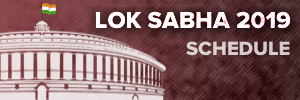
Trending Topics
LATEST VIDEOS
More from TOI
Navbharat Times
Featured Today in Travel
Quick Links
Rajasthan election 2019Andhra Lok Sabha electionGujarat Election 2019Karnataka Election 2019MP Lok Sabha electionMaharashtra election 2019West Bengal Lok SabhaTamil Nadu election 2019UP Election 2019Bihar election 2019UP Election DateAndhra Election DateBihar Election DateAndhra Assembly ElectionLok SabhaMP Election DateMaharashtra Election DateShiv SenaYSRCPTDPWB Election DateJDUCongressBJP newsGujarat Election DateSC ST ActUIDAIIndian ArmyISRO newsSupreme CourtRajasthan Election DateTelangana Election DateTamilrockers 2018Uttarakhand newsSikkim newsOrrisa newsKarnataka Election DateNagaland newsSatta KingManipur newsMeghalaya news
Get the app







